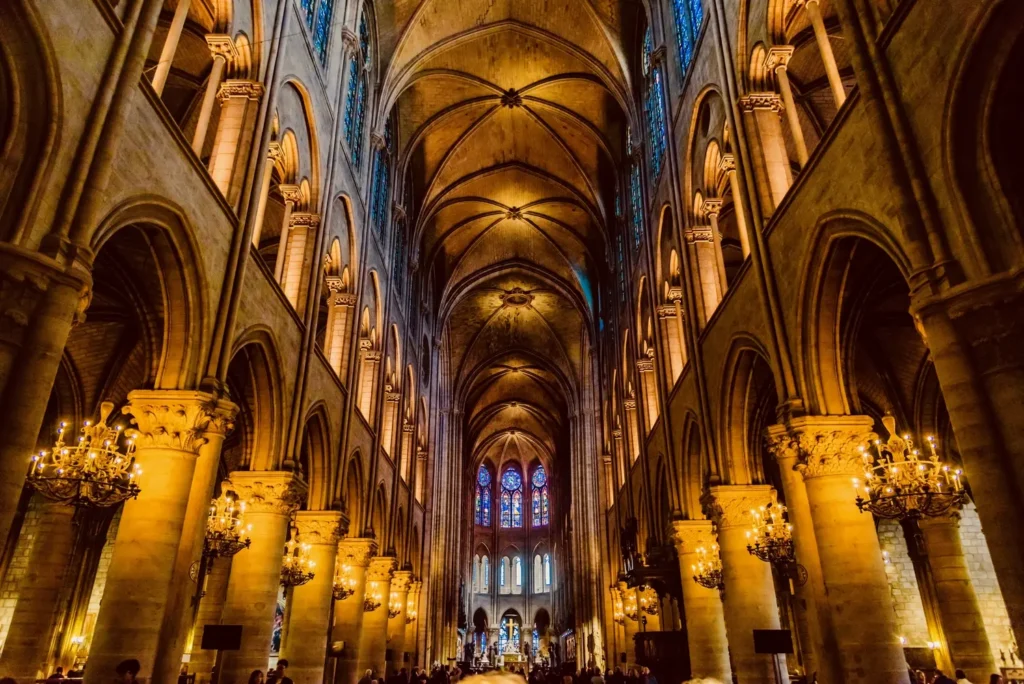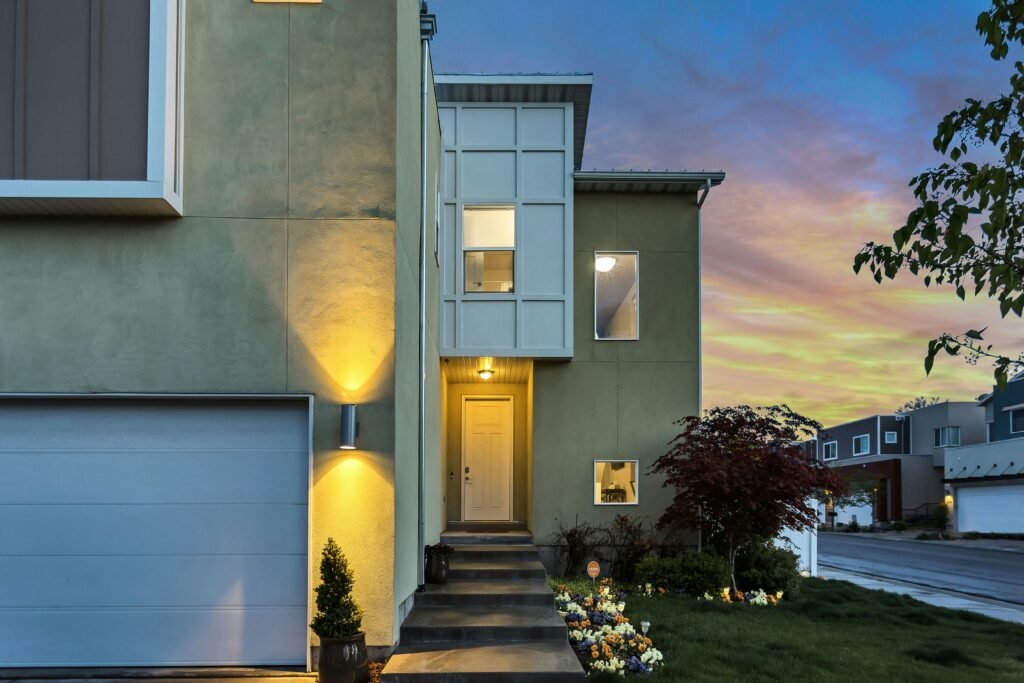When you stand beneath the vaulted ceiling of Notre-Dame de Paris, no one asks for a résumé, a donation, or a doctrinal statement. The cathedral simply offers itself—stone, light, and silence—freely and without pre-qualification. That generosity is not incidental; it is architectural ethics made visible. In a culture where so many spaces are gated, ticketed, or monetized, Notre-Dame reminds us that beauty can (and should) belong to everyone.
1. Shared Splendor vs. Gated Aesthetics
Too often, high-quality design is treated like an upgrade package—reserved for premium developments, boutique museums, or members-only institutions. Notre-Dame stands in quiet rebellion against that model. Its sculpted portals, rose windows, and rhythmic bays don’t hide behind velvet ropes. They spill their lessons into the public realm:
Rose windows as textbooks. Medieval builders used glass to cast biblical stories in living color, turning daylight into literacy.
Portals as public theater. Saints, sinners, and grotesques line the entrance, teaching moral complexity at street level.
Acoustics as communal hush. Even the reverberation time was calibrated to slow the heartbeat and still the mind—no admission fee required.
The result is a civic classroom built of limestone and leadlight—a place where beauty educates, consoles, and equalizes.
2. Ornament Was Pedagogy Long Before PowerPoint
Gothic craftsmen understood that form is a teacher. Every carved capital and tracery panel carried moral instruction for a largely illiterate populace. Today, digital media competes for seconds of attention, yet the cathedral’s slow visual rhetoric still works: it causes people to lower phones, tilt heads, and breathe.
That pause is pedagogy. It invites reflection, empathy, and wonder—capacities we urgently need in our fractured public sphere.
3. Restoration Is Public Care, Not Nostalgia
When we invest in preserving Notre-Dame’s splendor, we’re not staging a medieval reenactment. We’re practicing civic medicine. Beauty—open, durable, and uncommodified—supports mental health, social cohesion, and cultural memory. To repair a flying buttress or reglaze a lancet window is to restock a public well of dignity and joy.
Preservation = participation. Every tax euro, philanthropic gift, or volunteer hour poured into the cathedral translates into shared dividends of meaning.

4. Designing for Dignity Elsewhere
Notre-Dame offers a transferable lesson: any community can embed beauty in the public realm if it treats design quality as infrastructure, not ornament. That might look like:
Libraries with daylight and timber, not fluorescent shoeboxes.
Transit stations that uplift, using color, art, and clear acoustics.
Parks with crafted seating and shade, inviting all ages and incomes to linger.
These choices aren’t extravagances; they’re declarations that every resident deserves environments that respect both body and spirit.
If beauty is a civic right, we all become its stewards. Ask of every project—public or private:
Does it welcome the passerby, or exclude them?
Does it invite stillness and curiosity, or speed and consumption?
Does it teach, heal, or inspire—not just today, but a century from now?
Notre-Dame answers “yes” on all counts. Its endurance is proof that shared splendor can outlast empires, ideologies, and even fire.



